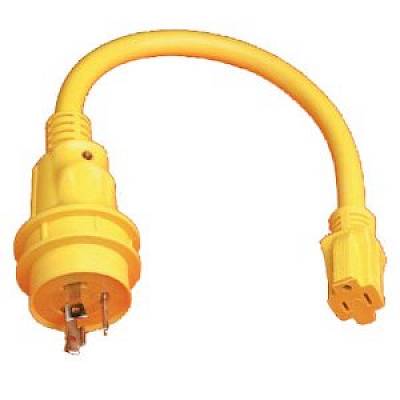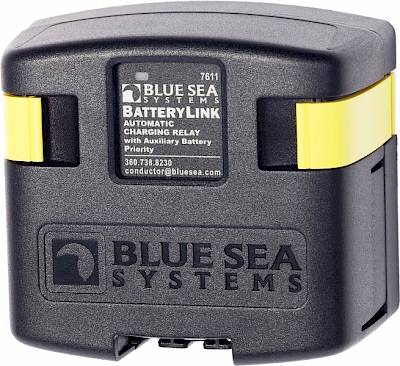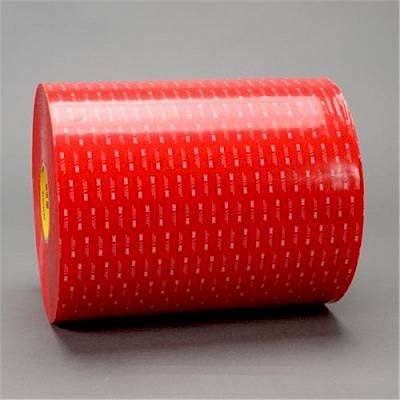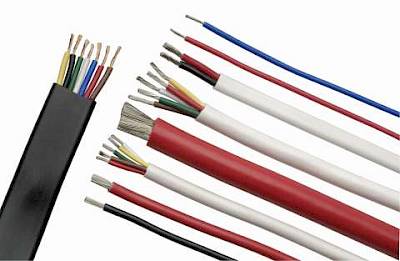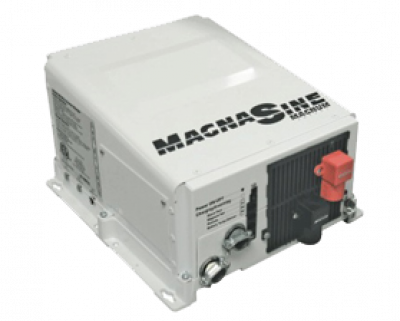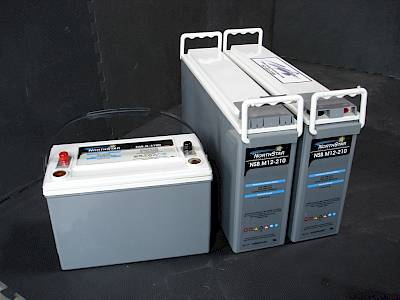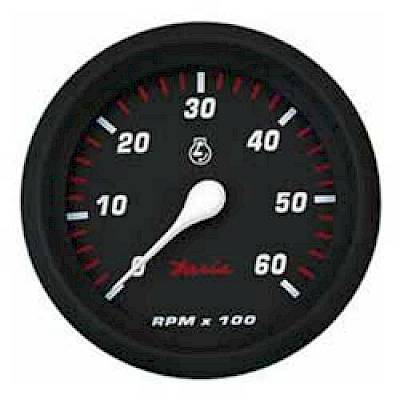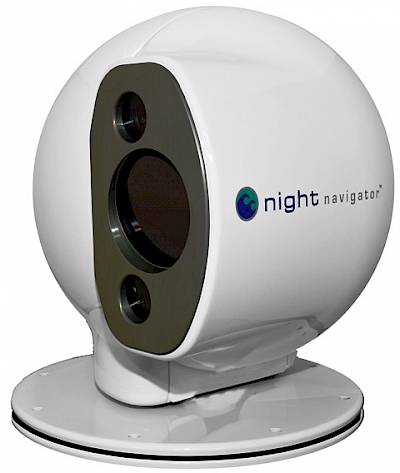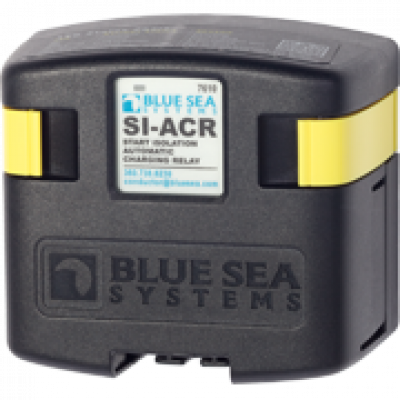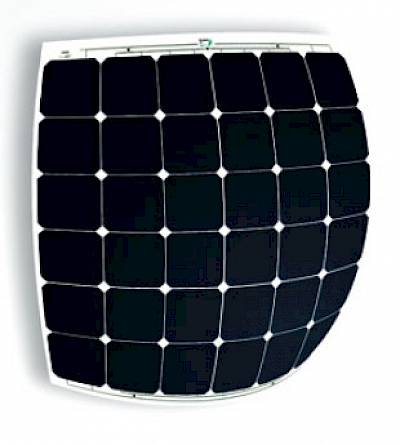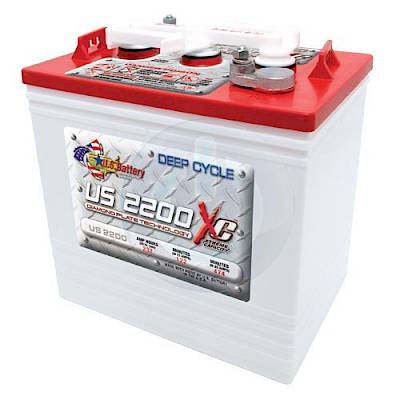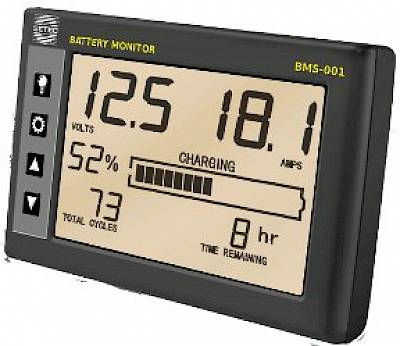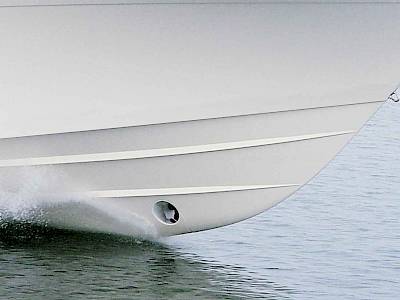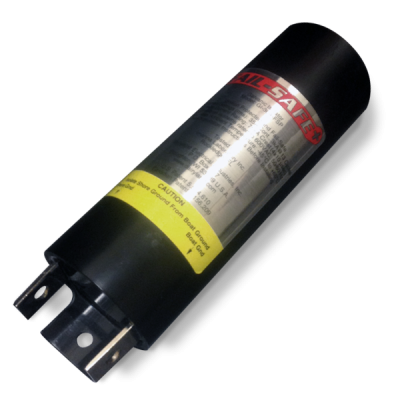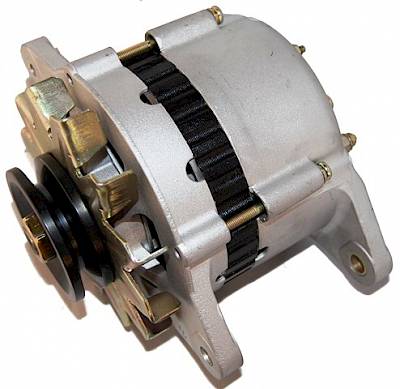
November Tech Talk FAQs
Tips for Installing Large Battery Banks
Batteries in a specific bank should be of the same make and type. Age is a factor in a battery as well.
In a series installation, when one of the batteries fails, the replacement of the whole bank becomes necessary. In a parallel installation when one of the batteries fails, that specific battery can be replaced or even removed.
Batteries should be kept in a well-ventilated and cool environment to enhance their life expectancy. For every 6ºC above 20ºC the life expectancy of a battery is cut in half. Make sure that the batteries are not packed together tightly either. Airflow should be encouraged between batteries to prevent overheating. Forced air is recommended in large banks.
Extending battery banks by wiring batteries from another location is highly discouraged. Different locations means different temperatures causing the batteries to act out of sync in terms of charge which can lead to excessive gassing and possible thermal runaway.
Voltage regulators for charging devices should have temperature sensors. If the batteries heat up the rate of charge should be tapered.
Q. What is a Charge Controller and Should I Get One?
A. A charge controller, charge regulator or battery regulator is a device that limits the rate at which current is added to a battery as the level of charge increases. Its main function is to prevent overcharging and it may reduce overvoltage that decreases the lifespan of the battery significantly.
The simple answer to “should I get one?” is a definite yes! A device that monitors, maintains and improves battery life is an invaluable tool. Multistep regulators will regulate the rate of charge being directed to the battery based on either factory presets or manual overrides that give the user more options. Multistep regulators have, in general, four programs: a bulk charge, an absorption charge, a float charge and an equalization charge.
Products that have a charge controller are smart chargers and alternator regulators. These devices provide the battery with the right state of charge at any point of discharge. Not only does a charge controller provide longer battery life, it practically reduces your charge time by half when compared to internal regulators.
Q. What are various choices to enhance my navigation system?
A. There are several different options you can add to your navigation system:
- Radar Integrating radar onto all your screens (called Multifunction Displays or MFDs for short) is one of the main driving factors behind the adoption of the new navigation systems. Not long ago, you had to have one radar array per radar display, now you can have one radar for many MFDs. Radar is more intuitive than ever before because it can be overlaid (see point four) onto the charts, allowing you to quickly distinguish between potential targets and landmasses.
- Sounder Today’s sounders are not only useful for seeing fish below your boat but to actually note the slope of the bottom beneath you. The slope helps you better decide how to anchor and can also help assist you in determining your position if your radar failed
- Rear Imaging Camera One of your MFDs can easily be designated as a complimentary video monitor for cameras. On large vessels, owners install single or double rear-imaging cameras to see better on both sides of the boat.
- Autopilot Today’s new autopilots not only work from a control station but also allow you to remotely operate the boat from anywhere on board via an RF remote. Furthermore they include Gyro sensors that allow radar information to be overlaid onto charts. Because these autopilots include gyros and advanced processing capabilities they are better at handling adverse sea conditions, including following seas.
- Satellite TV Allows the boat owner to see cable television while at an anchorage and underway.
Q. I noticed that the 120-volt outlets will still work even with the master breaker switch in the off position. Is this correct and/or safe?
A. The main AC breaker is your AC shoreside breaker only. The inverter is after this breaker, and it is absolutely normal for the AC main (shoreside) breaker to be off and have the inverter on and have power on the AC breakers below.
About the author: Jeff Cote is the owner of Pacific Yacht Systems, a full service shop delivering marine electrical and navigation solutions for recreational boats. Visit their website and blog for info and articles on marine electrical systems, projects and more: www.pysystems.ca.
Related Content





